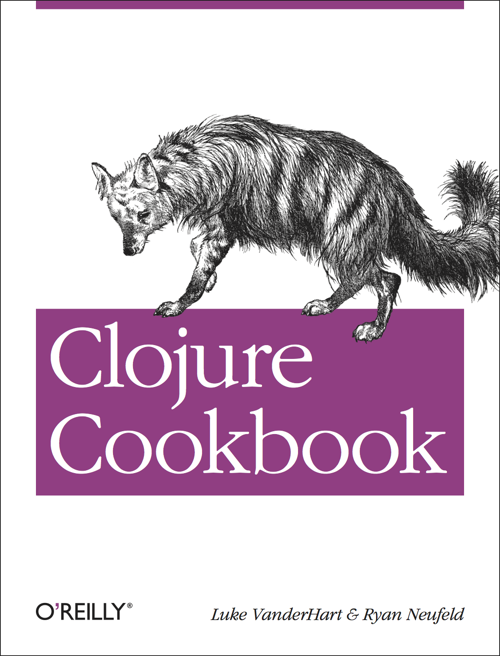The Value of Values by Rich Hickey.
Description:
Rich Hickey compares value-oriented programming with place-oriented programming concluding that the time of imperative languages has passed and it is the time of functional programming.
A deeply entertaining keynote by Rich Hickey on value based programming.
I do have a couple of quibbles, probably mostly terminology, with his presentation.
My first quibble is that Rich says that values are “semantically transparent.”
There are circumstances where that’s true but I would hesitate to make that claim for all values.
Remember that Egyptian hieroglyphs were “translated” centuries before the Rosetta Stone was found.
We don’t credit those earlier translations now but I don’t sense that a value can be “semantically transparent” (when written) and then become “semantically opaque” at some point and then return to “semantic transparency” at some future point.
How would we judge the “semantic transparency” of any value, simply upon receipt of the value?
If the Egyptian example seems a bit far fetched, what about the number 42?
In one context it meant: Year of the Consulship of Caesar and Piso.
In another context, it was the answer to the Ultimate Question of Life, the Universe, and Everything.
In another context, it was Jackie Robinson‘s number.
In yet another context, it is the natural number immediately following 41 and directly preceding 43 (Now there’s a useful definition.).
So I would say that values are not semantically transparent.
You?
My second quibble is with Rich’s definition of a fact to be: “an event or thing known to have happened or existed”
That is a very impoverished notion of what qualifies as a fact.
Like the topic map definition of a subject, I think a fact is anything a user chooses to record.
If on no other basis than some particular user claimed the existence of such a “fact.”
Rich closes with a quote from Aldous Huxley: “Facts do not cease to exist because they are ignored.”
I would paraphrase that to read: Facts do not cease to exist because of narrow definitions of “fact.”
Yes?


